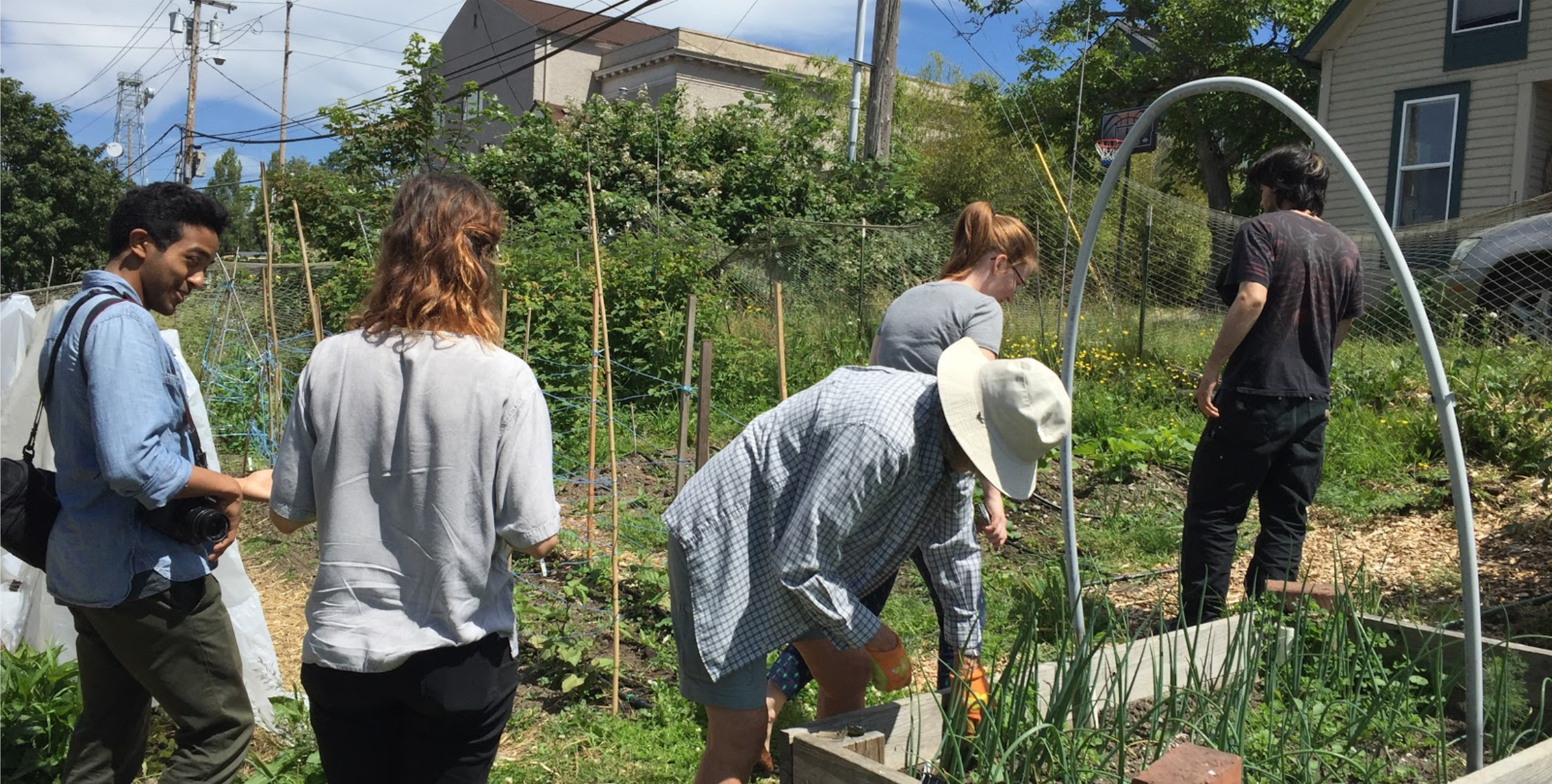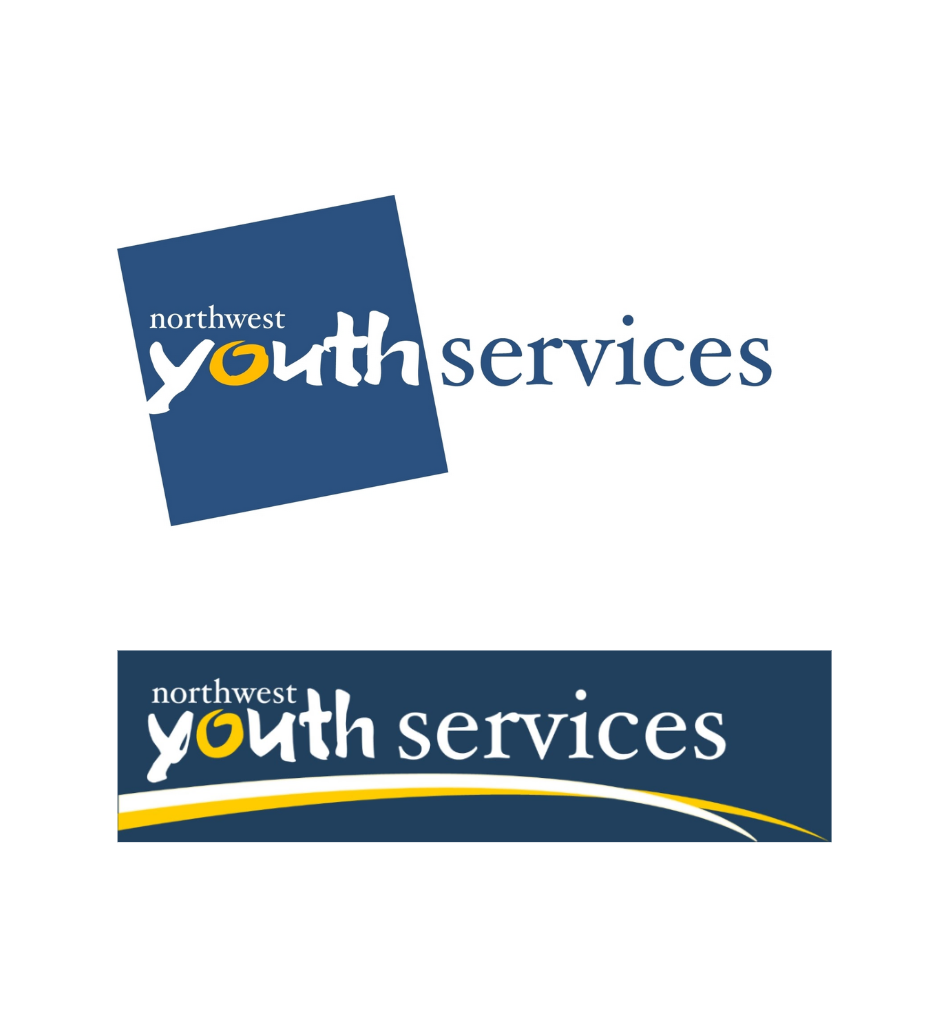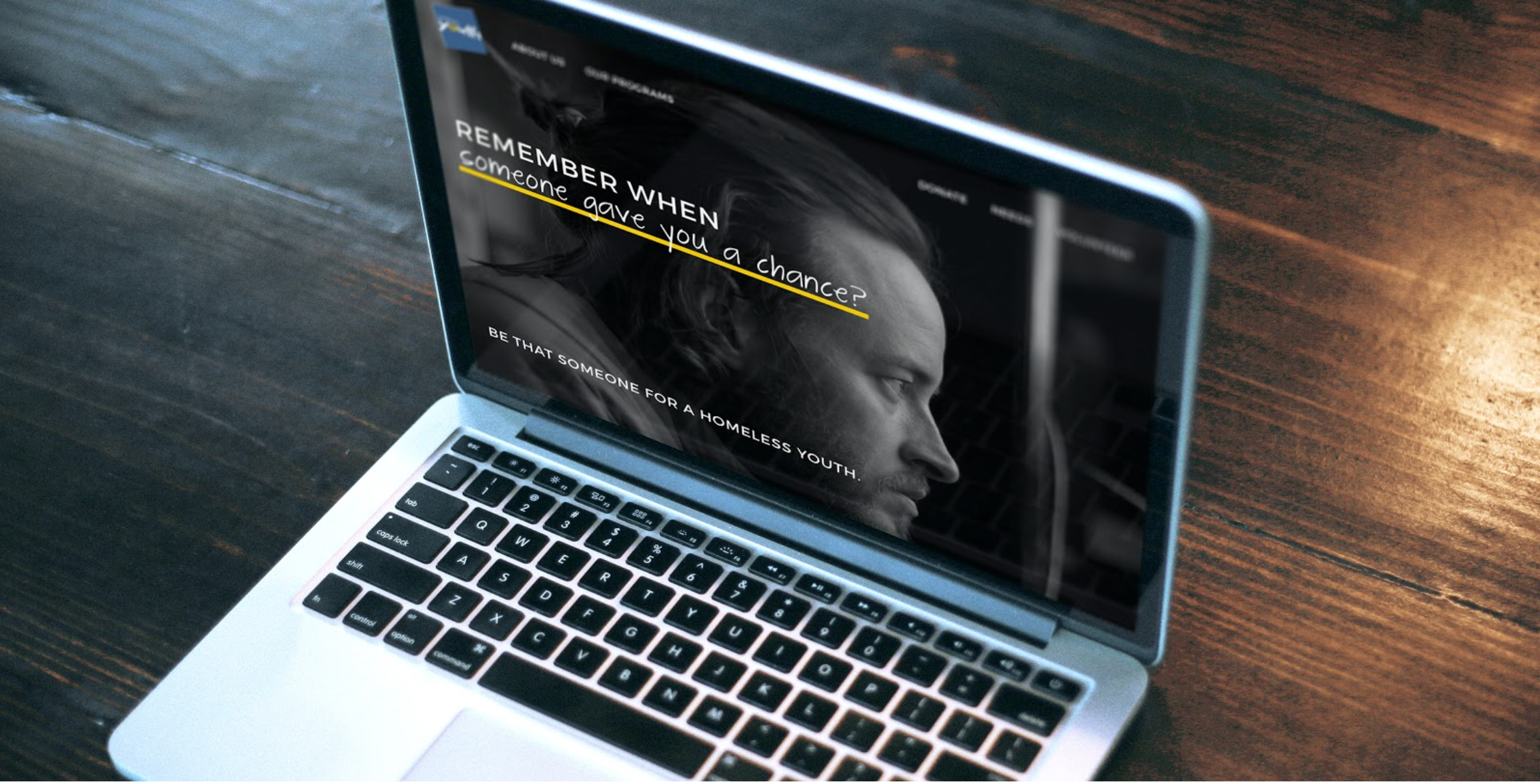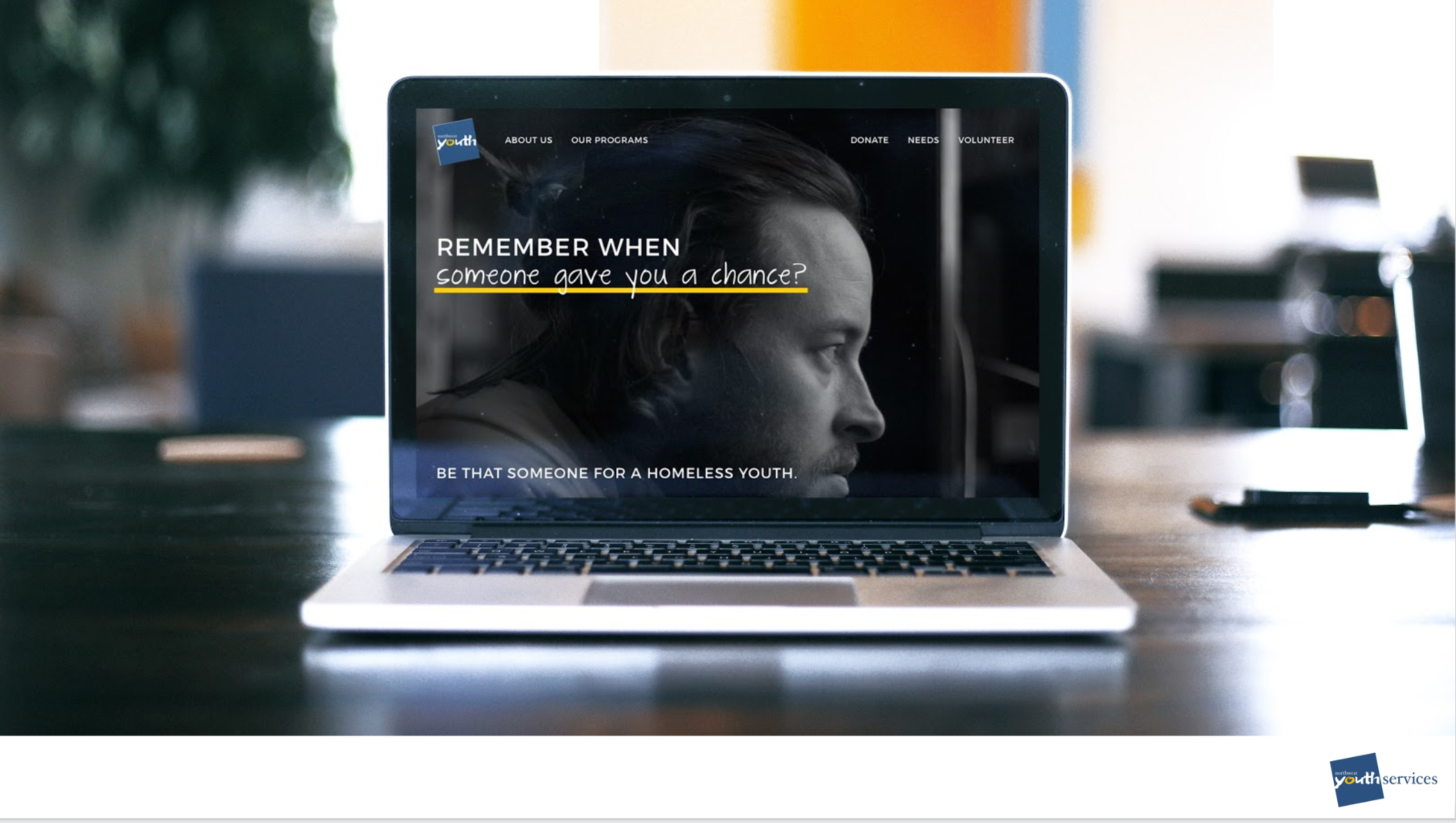

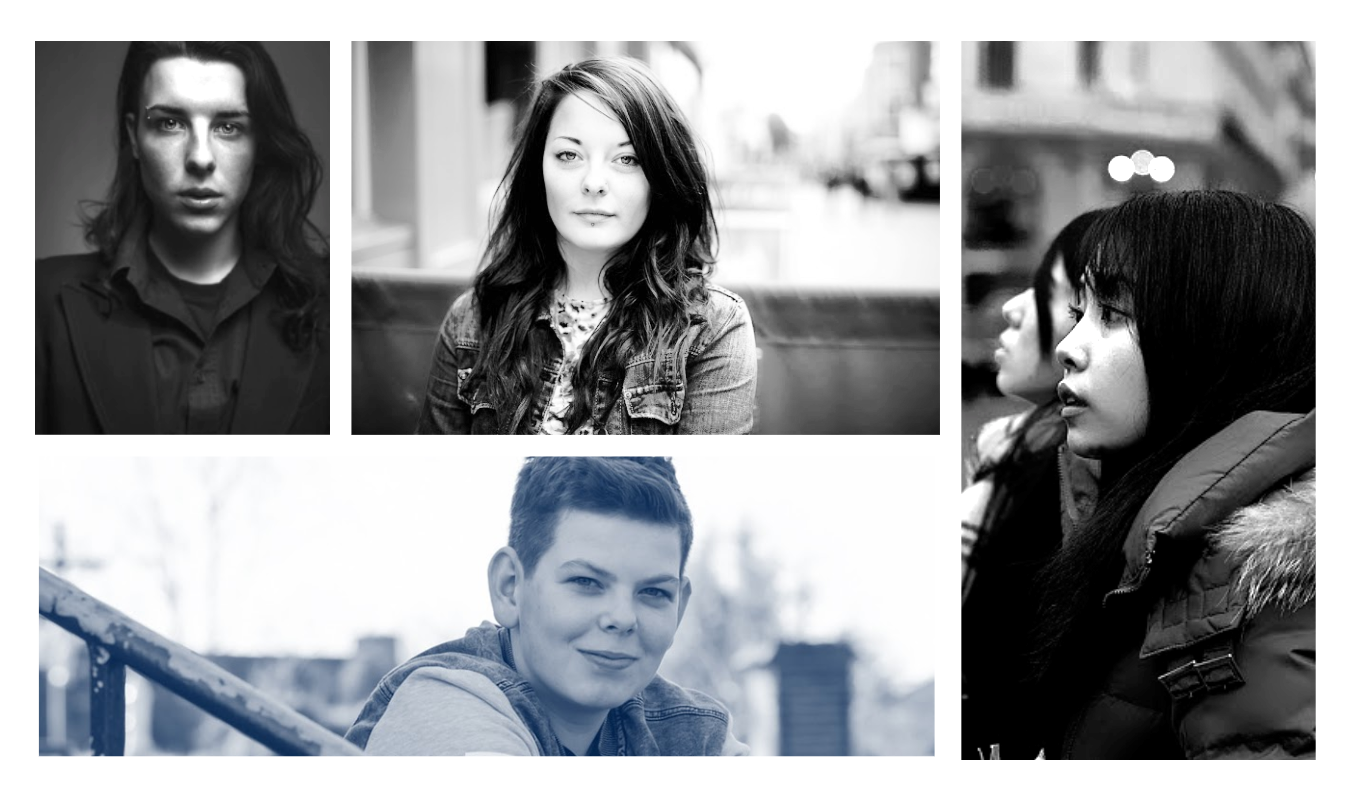


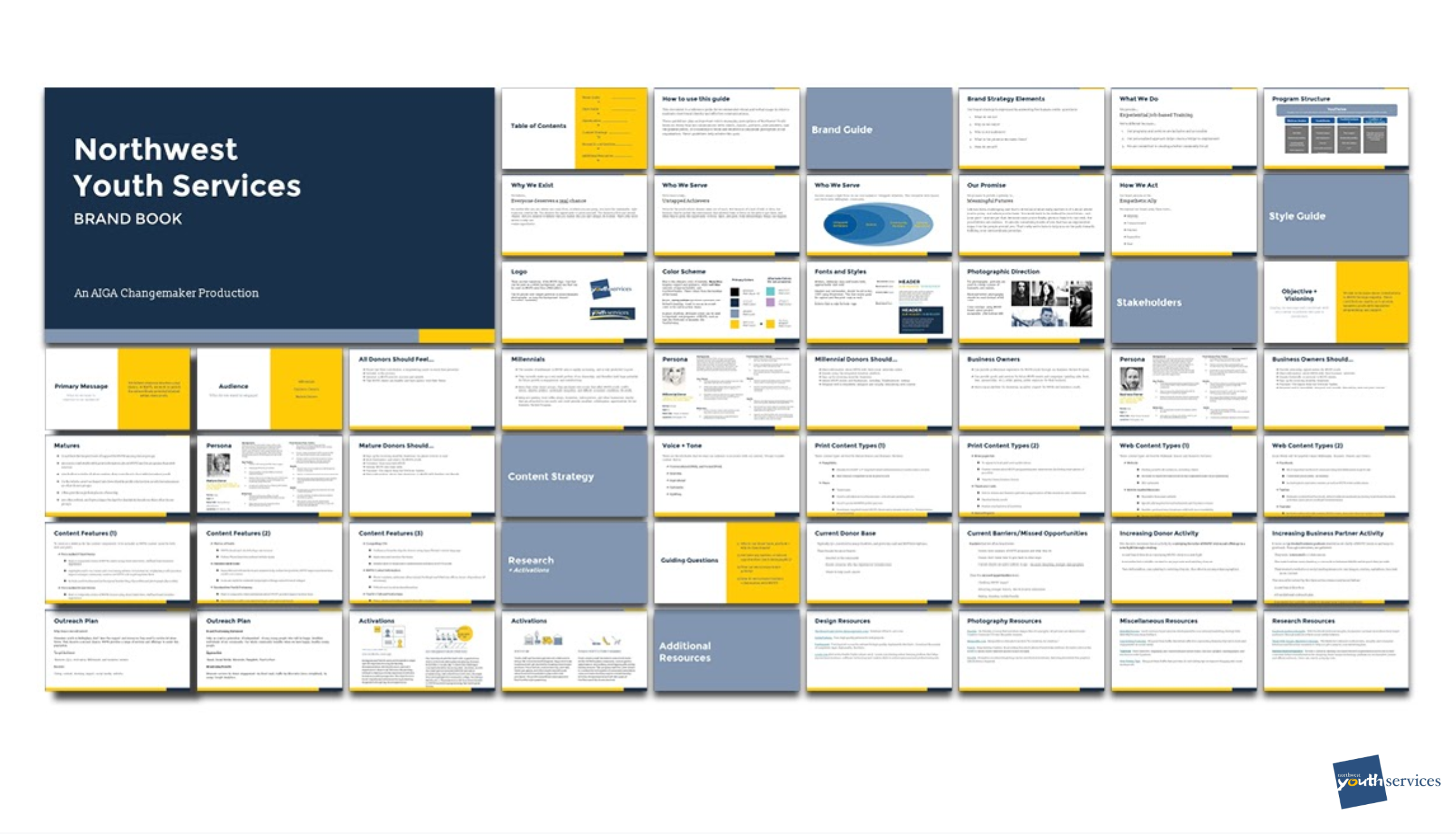
Visual brand strategy
aiga + northwest youth services | brand guidelines
Project: Promotional/outreach tactics for Northwest Youth Services (via the AIGA Changemaker Series)
Company: Northwest Youth Services
Roles: Kenz Shane, Tina Nguyen, Minh-Anh Nguyen (Designers), Jesse Baker (Strategist), Ava Keating (Copywriter), Derrick Martin (Project Manager)
The project
The nationally-based design organization AIGA hosts the Changemaker Series, a volunteer initiative driven by the Seattle chapter. Under an annual theme, AIGA Changemaker deploys multidisciplinary teams to select social change organizations to help each solve their theme-related design challenge. These teams are completely pro-bono, mixing designers, strategists, researchers, writers, developers and project managers with a diverse range of skill-sets and experience levels. Early on each year, an area of community need to focus on is determined — recent themes include food scarcity and access, supporting immigrants and refugees, environmental conservation, and mental health aid.
For this project, the theme was housing and homelessness. I joined a freshly-assembled team: three designers (including me), a strategist, a writer, and a project manager, all eager to get started. We soon after combined forces with our client, Northwest Youth Services, a Bellingham, WA-based shelter that offers housing and support programs for homeless, at-risk youth.
The challenge
Our design team held some discovery interviews with the Northwest Youth Services (NWYS) program manager. We wanted to gain some insights about the state of the organization. What was working, what wasn't, and what we could do about it? The organization was a beacon to youth in rough circumstances. Its programs, particularly the vocational readiness program, had regular participation. Engagement with many existing donors was positive and semi-frequent.
The big downside was, while the existing donor-base was really helpful, their number was limited. NWYS sought to increase financial support to keep the lights on and services running for young people who really needed the assistance. Our challenge was evident: How might we increase community and donor investment?
Our challenge was evident: How might we increase community and donor investment?
Running an nonprofit organization on minimal funds can be unsurprisingly difficult. That didn’t stop these leaders! Northwest Youth Services remained committed to its mission: to collaborate with at-risk, homeless, and runaway youth to foster self-reliance. We were determined to help them with a new fundraising plan.
Northwest Youth Services remained committed to its mission: to collaborate with at-risk, homeless, and runaway youth to foster self-reliance. We were determined to help them with a new fundraising plan.
Based on this ask, our team wanted to convey the org’s mission in a new light, encouraging donor engagement and community involvement. We proposed a comprehensive Brand & Strategy Guide. This guide would include the following:
A brand strategy and program structure that accurately captures NWYS’ objectives.
A style guide to establish a more cohesive brand message to potential donors, as well as starting points for visual collateral (brochure and website design).
Research-driven best outreach practices for existing and new donor segments.
The research
Since strategy was the bread-and-butter of this project, each teammate played Researcher at some point. We collectively discovered NWYS’ relationship to the community via interviews and established our target audience with personas.
Interviews
Some of the team headed up to Bellingham to meet with staff and youth participants. Beyond the vocational readiness program, the WeGrow Garden is another popular option, fostering teamwork, sustainability practices, and skill-building. Since its programs are a huge part of how NWYS helps youth succeed, we wanted to get a sense of how they function day-to-day and what people think of them.
Due to our team’s location in Seattle, the majority of our later interviews took place remotely over email and phone. The insights carried from these helped us establish personas, clarifying who we wanted to deliver NWYS’ message to.
Personas
Our findings determined our target audience: Millennial donors, business owners, and mature donors.
These efforts helped us understand the current level of involvement and how the programs work. We developed a sense of how to invite new donors into the community. Above all, we wanted to potential donors to feel proud that their contribution is empowering youth to reach their potential, to feel included in the process, and that these youth have agency over their future.
The design process
We had a lot we wanted to deliver (the brand and strategy guide and design implementations) in a short amount of time (four months). Phew!
While we all had a stake in feedback and review, we had to keep ourselves time-efficient. The team divided into two sub-teams: Design and Strategy, each individual leading a responsibility within these sub-teams. Here are some highlights of that process:
My primary role
If the project’s bread-and-butter was strategy, mine was diving into the style guide. Other than a logo they wanted to preserve, the org didn’t have any branding guidelines. Differences in visual messaging could cause confusion when advertising purpose to potential stakeholders, so I wanted to make sure this was consistent.
It was my main job to craft the style guide component of the Brand & Strategy Guide.
The designers’ deliverables
The designers on the team (myself included) used this new style guide to generate new outreach material as a means to increase community and donor visibility. One focused on existing demographics (a brochure for mature donors), and one for new demographics (a website for Millennials and business owners).
The brochure highlights the vocational readiness program, which is designed to ease youth clients’ transition into the workforce by increasing employable skills and assisting with job placement.
Existing donor snapshot
The Strategy Sub-team (a.k.a. the strategist, writer, and project manager) had been busy establishing our guide’s content and research strategy. Their research crafted a launch point for where existing the donor base was at:
The donor base was primarily comprised of individuals age 55+, involved in many charities, and typically give via mail or NWYS receptions. They donated because they were invested in the community, know someone who has experienced homelessness, and/or wanted to help youth causes.
Barriers often heard were:
Donors were unaware of NWYS programs and what they do.
Donors don’t know how to give back in other ways.
Current donors are quite uniform in age -- younger demographics aren’t being breached.
Thus the missed opportunities were:
Clarifying NWYS’ impact.
Attracting younger donors, like tech-savvy Millennials.
Making donating mobile-friendly
It turns out potential business partners wanted more clarity of NWYS’ mission and ways to give back. Interviews revealed that they were interested in collaboration, but the main barriers were drawing a connection between NWYS and impact they provide. They wanted a website or social media presence to see images, stories, narratives. Less text, more context.
Opportunities to invite new donors
Key themes included giving context, showing impact, increasing social media presence, and updating the website. In order to reach the target audience groups (Millennials, Business Owners, and Mature Donors), these methods were included:
Increase engagement via email, social media, microsite, brochure, and face-to-face.
Measure the success by donor engagement via direct mail, traffic via Microsite (once completed), by using Google Analytics.
#RememberWhen (Social Media strategy). Instagram and Twitter users are asked to share specific experiences using the hashtag #rememberwhen. NWYS will select one user’s experience to share to all followers the next day, while also sharing a similar experience but from a homeless youth’s perspective. The objective is to boost empathy and awareness through showing disparate but inspiring client experiences.
Easy as NWYS (Chore Program). Youth create a small business to assist with tasks within the Bellingham community, such as garden maintenance, dog walking, and wrapping gifts during holiday seasons. This program combines community members willing to outsource overwhelming tasks with the entrepreneurial and soft skill goals of the youth participants involved.
NWYS Fair. Youth, staff, and business partners all collaborate to bring a fair to Downtown Bellingham. Supportive local businesses will get involved by donating services and products. Fun activities, such as laser tag, skee ball, water gun games, and other staple carnival booth attractions will be available to play with ticket purchases. The profits raised from ticket sales will fund programming.
Distilling the organization’s purpose
The org’s purpose was summarized in a few key points, making it easier to convey to potential donors what NWYS was all about:
Provide experiential job-based training and transitional housing for at-risk youth, with programs and services that are inclusive and accessible.
Exist under the philosophy that everyone deserves a real chance. No matter who you are, where you come from, or where you are going, you have the unalienable right to pursue a better life.
Seek out the “Untapped Achievers.” When youth are given the opportunity to focus, learn, and grow, truly extraordinary things can happen.
Promise to provide a gateway to meaningful futures.
Embody the brand persona of an empathetic ally. Inspiring, compassionate, fearless, supportive, real.
Putting it all together
With a style guide, website, brochure, and content strategy ready to go, we composed our final deliverable:
Impact & Conclusion
Our challenge was to find a way to increase community and donor investment to Northwest Youth Services. To do this, we created a comprehensive Brand and Strategy Guide to convey the org’s mission in a new light. Stemming from evidence-driven decisions rooted in user research, we designed our Brand and Strategy Guide to both actively engage with existing donors as well as create opportunities for new donors.
Since we handed off our project to Northwest Youth Services, they have implemented our style guide in an updated website based on our redesign.
Summary
In partnership with the AIGA Changemaker Series, I participated on a multidisciplinary team that assisted Northwest Youth Services, a nonprofit org dedicated to fostering self-reliance in at-risk, homeless youth. Our main objective was to increase donor funding for this financially-limited organization. We addressed this challenge by creating a new brand direction to convey NWYS’ story and designing scalable content to engage new and existing donors.
The final deliverables were a brand guide and content strategy, website, and brochure. The extra-final deliverable: summarizing it all (in a challenge to keep it under 10 minutes, no less) in a big presentation. It was our opportunity to show Northwest Youth Services, AIGA, and the Seattle social change community the passion and energy we put into this initiative.
It was an incredible project to work on. A great cause, a compelling challenge, and a remarkable team. I sincerely hope that our contribution offers a lasting impact for this organization and the youth they serve.
Next steps
Given the time and opportunity, I’d propose these future steps:
Check back in with NWYS to see how things are going since project completion. Has the guidance and brand collateral been helpful? Where could we have improved?
Follow up some of those improvements by offering an updated strategy addendum for the Brand & Strategy Guide.
Do our part to engage with NWYS and their mission; following their media channels and attending fundraising events where possible.
Extend the call to our own networks to donate or offer volunteer services, if appropriate.
Invite other design professionals to apply as a AIGA Changemaker series participant.
Learn more about the AIGA Changemaker Series and its mission here: https://seattle.aiga.org/changemaker/


